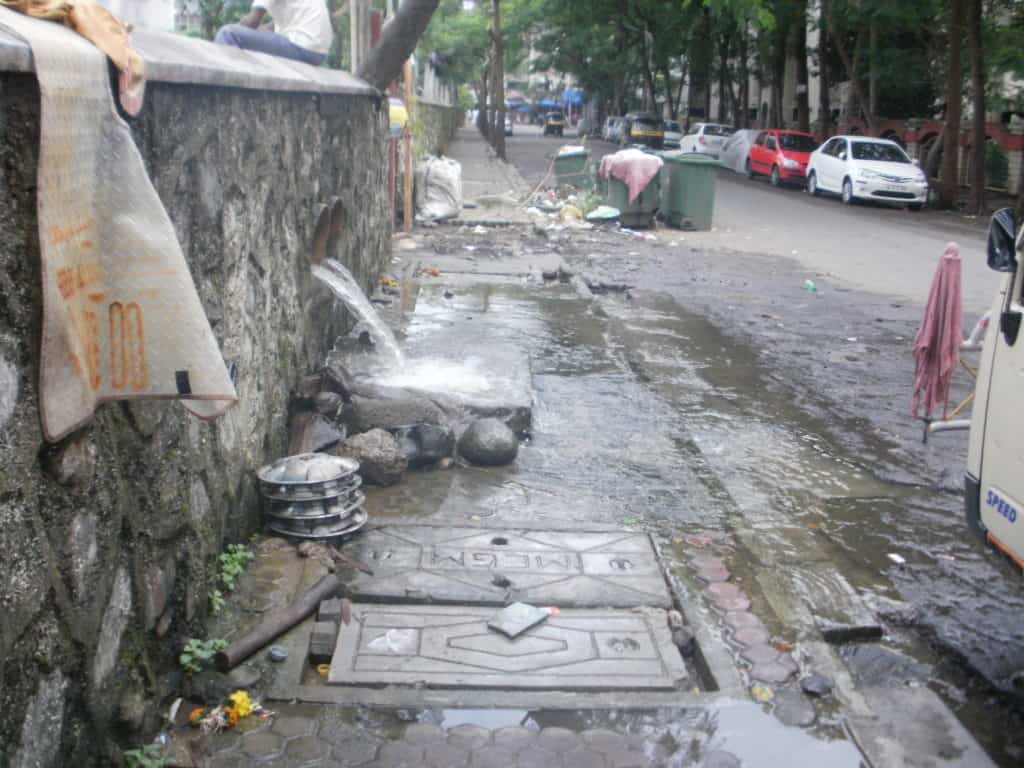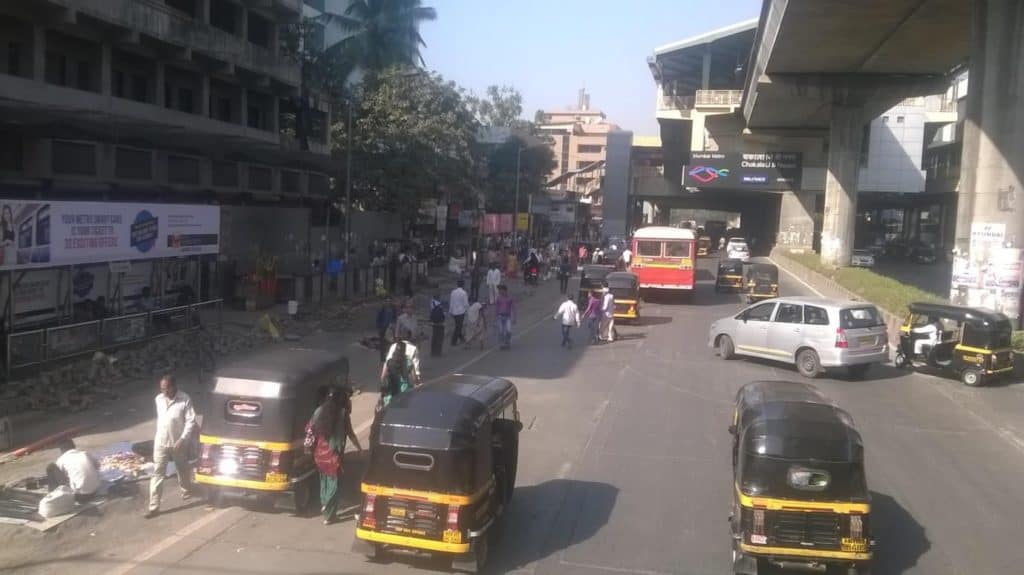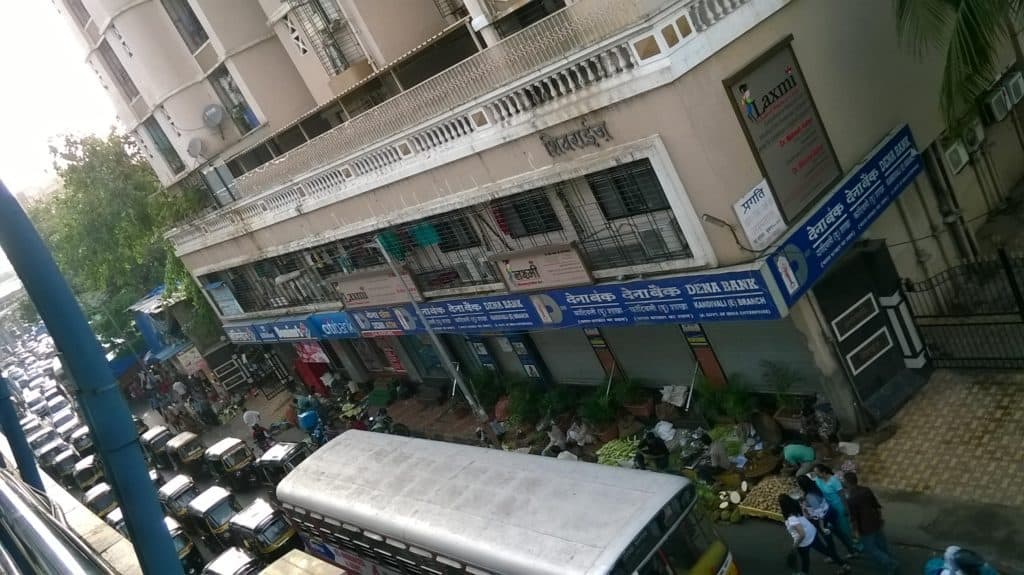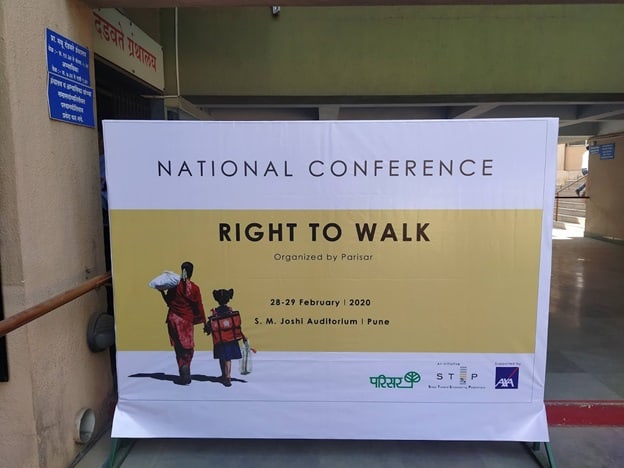A safe, convenient and joyous walking environment continues to elude the Mumbaikar.
Reducing the stress in walking will enhance business competitiveness that is ultimately central to the city’s existence.

Residential areas, transit hubs like railway stations or business districts are the primary areas where a lot of walking happens in a short distances.
1-2 square kilometre areas or 1-5 kilometres of road stretches could see millions of people make walking trips, from straight line walking to crossing the street.
Unfortunately, this is where there are worst experiences.



Much has been said about urban design and footpaths and other specifications. I have seen over three decades of efforts from various individuals and yet we have not made any significant headway into the matter. If anything, matters only seem to get worse with the explosion in cars and their competing needs for the same road space.
Citizen advocacy efforts
I attempted to converge many of these efforts into a well structured grassroots pedestrian rights advocacy movement called Walking Project in 2012 and have failed to sustain the momentum. There is no ‘business case’ to engage in such activities, unlike lobbying for construction of flyovers and coast roads.

Citizen involvement and support for advocacy groups is the key in my opinion if we are to make any difference to the situation. That was my key point as a panelist in the National Conference on Right to Walk organised by Parisar in Pune.

The same people who will be concerned about the death of a Sushant Singh Rajput and demand justice will not exhibit any concern (far less raise demands) about the threat faced by them and their near and dear ones while walking on the streets. And the death and injury of many pedestrians daily is hardly a matter for discussion except for activists, professionals connected with the field and a small section of the media. Understanding and shifting the social and political culture is the key.
Corruption in infrastructure building
The political system is by now effortlessly used to seek and push for large infrastructure projects; not necessarily with a desire for larger public welfare. Understanding this is critical for creating high quality pedestrian infrastructure than urban design or specifications of footpaths.
Over decades, this system, which is a fundamental pillar for a well functioning democracy has become one where contestants who vie for public office pay a certain ticket price to their parties funds to be eligible to contest, then spend a large some of money to win the election and then seek a return on the complete investment through kickbacks from public projects.
As elections become costlier, it leaves no room to talk about anything but ‘big ticket’ projects, if the ‘electoral investments’ have to be recovered. This hardly leaves any room in the key departments to think and plan for sustainable urbanisation, which would focus on the final outcome which is a greatly enhanced quality of life at a lower cost.
This same system also decides on policy and engages very well in doublespeak at climate conferences; self serving and petty when in the corridors of decision making.
Not only our political and administrative system, but also citizens, at an individual and collective level have much to introspect and improve upon.
Motorists vs pedestrians
Currently it is a zero sum game between motorists and pedestrians. ‘You cannot have both’ is how our road department and other authorities see it unfortunately. And the decision to have better pedestrian infrastructure in this case lies in the hands of not pedestrians though they make up the overwhelming majority, but in the hands of motorists because politically they are the ones who have a seat on the table.
The love for motor cars as a means of mobility is not going away anytime soon, which can be evidenced from the rage with which new models keep getting launched and get rave public attention. Once those cars are purchased they need road space and all decisions have to be taken keeping their needs in mind. This is not to deny that there are a hundred small possibilities still for improvements.
Walkability and pedestrian infrastructure can thus be provided for, only when looked at from the political economy perspective and not the urban design perspective.
Mumbaikars need to join hands and demand better pavements. Only their collective voice can change their destiny.